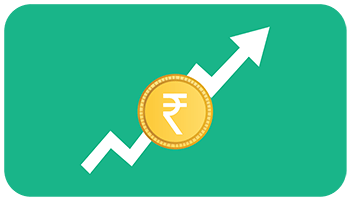The riskometer is a standardised risk measurement scale introduced by the Securities and Exchange Board of India (SEBI) for Mutual Funds. All mutual fund scheme documents have to display the riskometer upfront and clearly so that investors know the risk associated with that particular fund.
The riskometer classifies risk into six distinct levels. These include Low, Low to Moderate, Moderate, Moderately High, High and Very High. Refer to the provided illustration on the left side.
Low Risk: The funds that fall under this category have the least risk due to their underlying securities, making them suitable for individuals seeking capital protection to some extent.
Low to Moderate Risk: These are for investors willing to take a bit of risk to get some returns over a medium to long time. Most ultra-short duration funds fall under this category.
Moderate Risk: This is ideal for investors who aim to expand their portfolio taking some risks. Most dynamic bond funds fall under this category.
Moderately High Risk: These funds hold a somewhat higher level of risk and might suit investors with a slightly higher risk profile. These are for investors willing to accept some uncertainty and greater volatility in exchange for the prospect of achieving higher growth or profitability.
High Risk: Funds in this category mainly invest in equities. They are ideal for those willing to take on high risk for prospective gains.
Very High Risk: They are extremely risky funds that invest in volatile stocks or overseas mutual fund units. They’re for investors who are likely to invest in high-risk, high-reward investment opportunities.
Disclaimer
Mutual Fund investments are subject to market risks, read all scheme related documents carefully.













